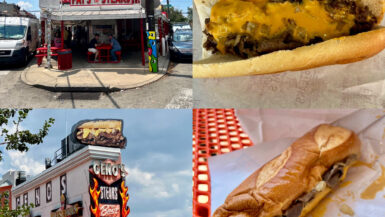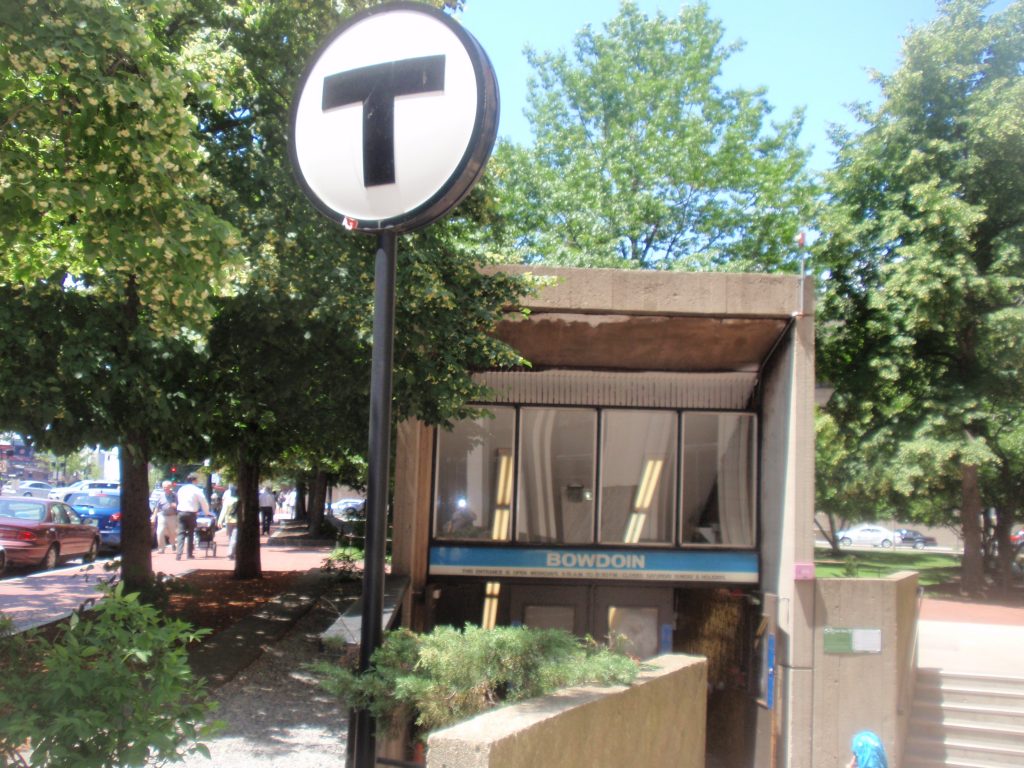
London has it’s Underground, which was the first subway system ever built. New York City has the MTA, which is the world’s largest subway system. For the residents of Beantown, they hold the honor of having America’s first, and oldest operating subway, the MBTA, better known as just the “T”.
The Boston subway, or the “T”, consists of four separate lines:
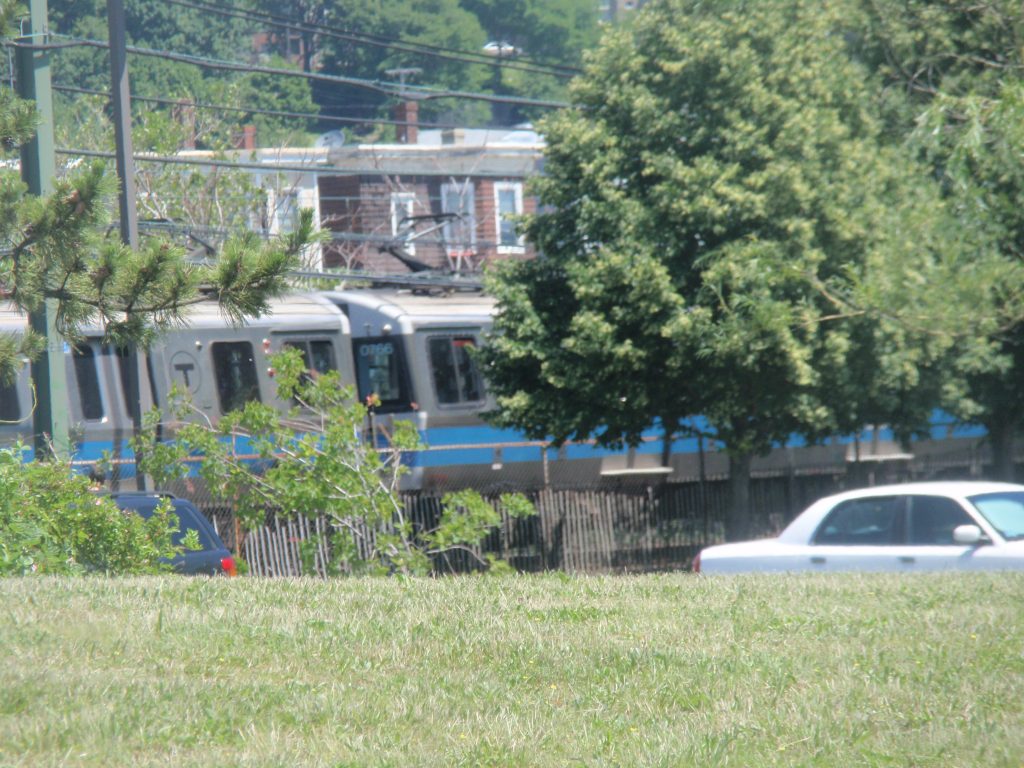
The Blue Line, which mostly travels throughout East Boston en route to Downtown Boston. Tourists and locals alike use this line to reach Logan International Airport near Revere.
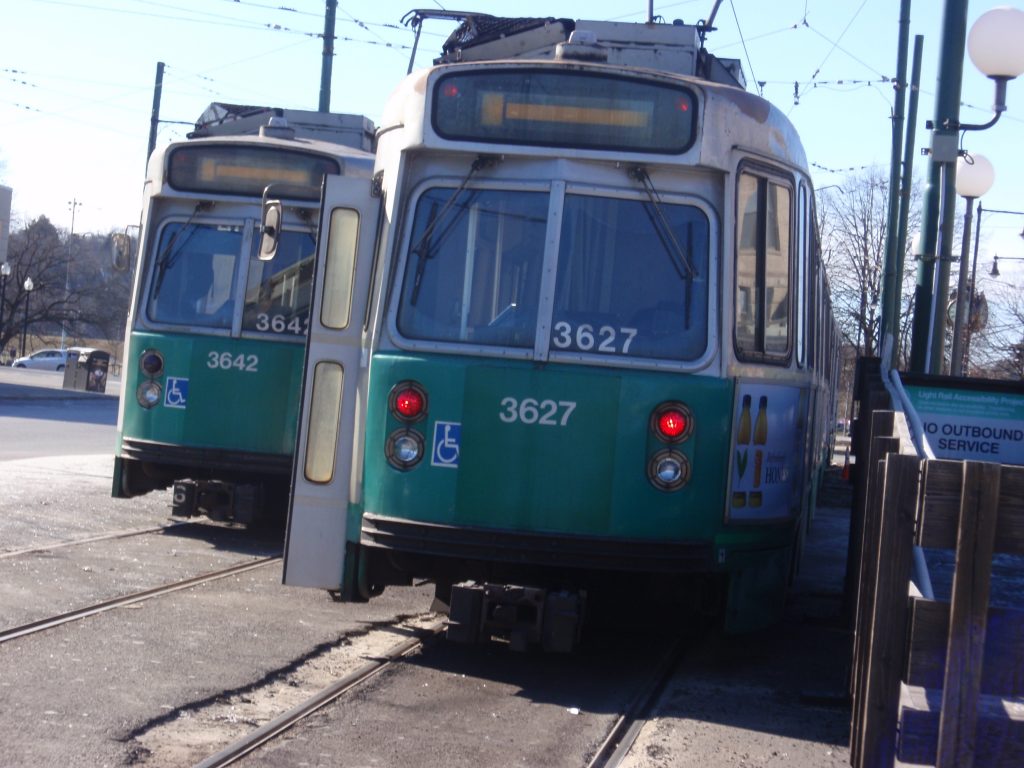
The Green Line, which unlike the other lines, is a streetcar system. It is considered the oldest line, and has the largest number of stations, most of which can be found in parts of Brookline, Allston, Jamaica Plains, Boston College, and Downtown Boston.
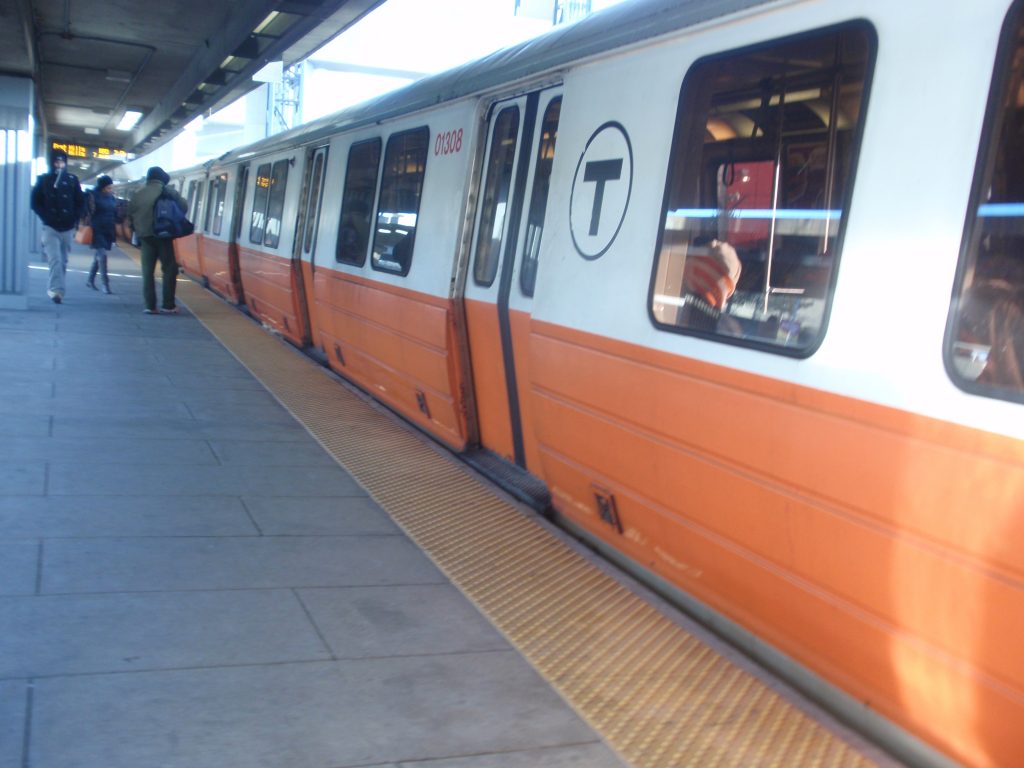
The Orange Line, which carries commuters from Jamaica Plains to Malden, Massachusetts, while linking up with other lines in Downtown Boston.
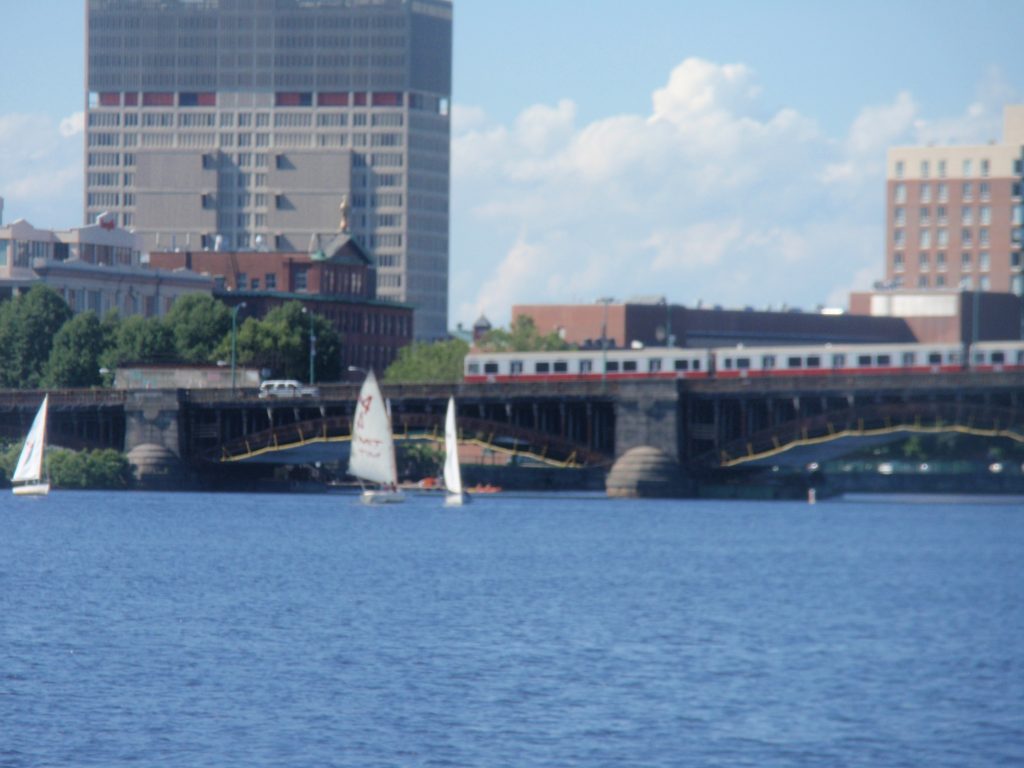
The Red Line, which takes passengers from Cambridge, near North Boston, and towards the towns of Braintree and Ashmont. The line is quite popular with the college student crowd, since the Red Line passes through Harvard, MIT, and U Mass.
Rather than use the traditional uptown or downtown moniker found on most subways, Boston uses the phrases “inbound” (for trains that are headed for Boston) and “outbound” (for trains that headed away from Boston). Riders use a “CharlieCard” to get on and off the subways, as well as the buses.
First opened in 1897, the Boston subway began with streetcars running underneath the streets of Beantown. As horse-drawn carts and steam engines were being replaced by electrical trams, Boston was beginning to modernize its modes of transportation. The Tremont Street Subway is the oldest subway tunnel in North America, which opened on September 1, 1897. It was originally built as a tunnel to get streetcar lines off the streets, rather than a rapid transit line. It now forms the central part of the Green Line, connecting Boylston station to Park Street and Government Center, three of the oldest surviving stations in Boston. The tunnel originally served stations at Boylston Street, Park Street, Scollay Square (Government Center), and Adams Square. The latter two stations changed when Government Center and City Hall replaced Scollay Square and Adams Square in 1963.
The Tremont Street Subway opened as sort of a precursor to the Green Line. In 1901, the Main Line, which was the precursor to the Orange Line opened. It was a rapid transit line running as an elevated railway through outlying areas. The Atlantic Avenue Elevated opened soon after, providing a second route through downtown. This was the first elevated railway and the first rapid transit line in Boston, three years before the first underground line of the New York City Subway, but long after the first elevated railway in New York.
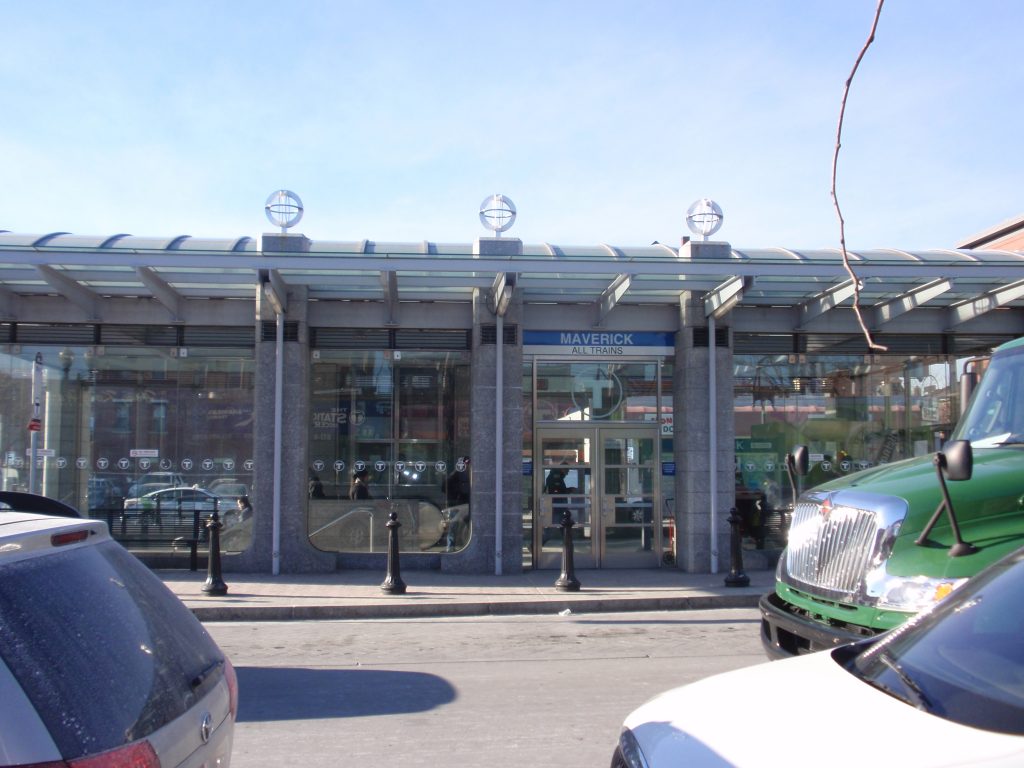
On December 30, 1904, the next line to open was the East Boston Tunnel, which was America’s first streetcar tunnel. Around this time, New York City had opened up its first subway station in Downtown Manhattan, but Boston had just begun extending its reach to its outer neighborhoods and digging under the waters of Boston Harbor. The East Boston Tunnel ran under the waters of Boston Harbor to Maverick Square in East Boston. On April 18th, 1924, the tunnel was converted to rapid transit, and Maverick station opened, which today, operates as part of the Blue Line. Though the Green Line brought underground transportation to Boston, it was the tunnel at Maverick Square that extended Boston’s subway beyond the city and the harbors. Beginning the 1830’s, locals relied on ferry boat travel from Maverick Square to Rowe’s Wharf in Boston. When the tunnel at Maverick opened up, ferry boat travel rapidly dropped; in 1934, the Sumner Tunnel opened for automobile travel, linking East Boston to Downtown Boston, and the ferry service was discontinued. Boston was truly on its way to having one of the best subway systems in America, if not the world.

